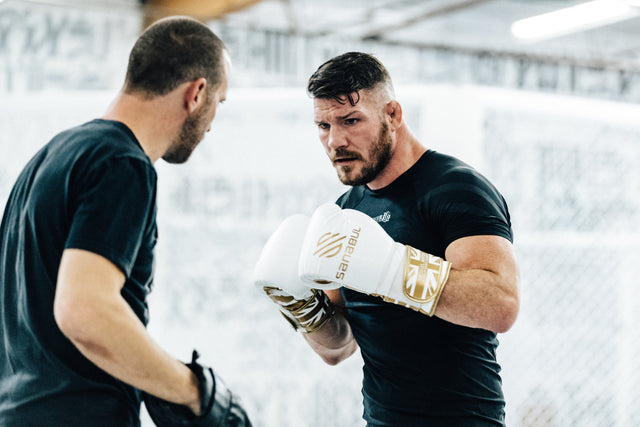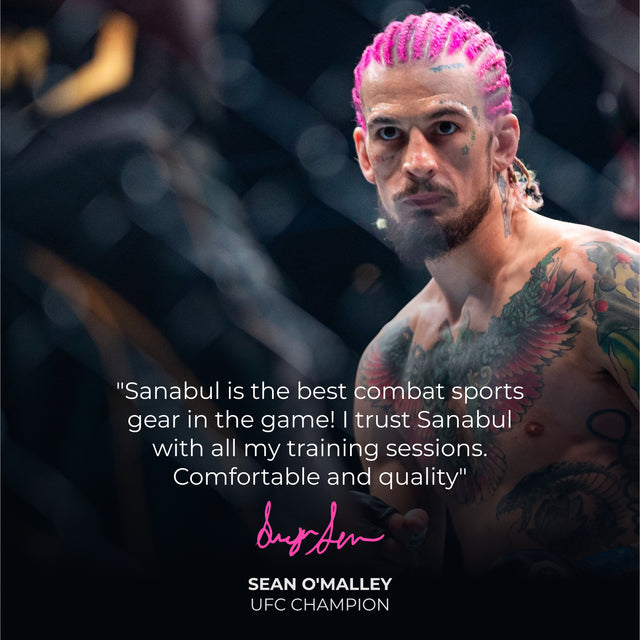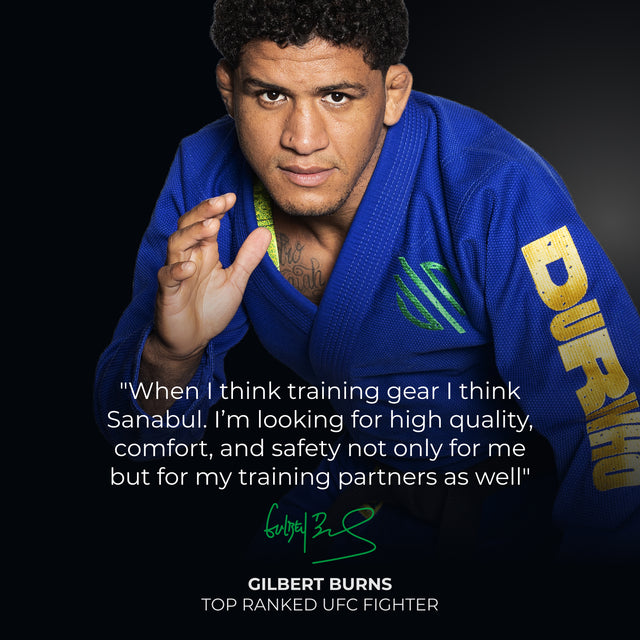Why MMA Isn't As Violent As You Think (most of the time)
Yes, MMA is a combat sport. There's certainly been some powerful visuals that are propped up as proof of the brutality of MMA. From BJ Penn licking his gloves after a bloody match with Joe Stevenson, to Mark Hominic's horrific head swelling during his match against Jose Aldo.
And let's be honest, we watch combat sports because of. . .the combat. But at the same time, when a non-converted friend rails against the violence, we tend to be defensive about the sport that we love. Sure, it looks violent. But you may be surprised at some of the measures organizations take to protect their fighters. MMA athletes put their bodies on the line, but they do it in a smarter way than many other major sports.
The worst case scenario of many pro athletes is Chronic Traumatic Encephalopathy (CTE), a brain condition caused by repeated blows to the head. It's an all too common injury among athletes in contact sports, boxing and kickboxing in particular. While MMA is still too young to have definitive data of it's athletes, here's some things to consider when your arguing that MMA might not be as brutal as people think.

Fighters Don't Compete Nearly As Often As Other Pro Athletes
Most of this has to do with simple math. Even a very active MMA fighter will only compete a handful of times in a year. Major league fighters will get 3-5 fights a year at the most. In between they will rest and heal up (major organizations like the UFC even provide health care). Compare that to American football, where athletes compete for hours at a time, every single weekend for months, taking thousands of hits on the field and in practice. They have absolutely no time to recover during the season.
There's Nonviolent Ways To Win
Fun fact, the very first UFC Champion, Royce Gracie, didn't throw a single punch in the whole tournament. He utilized what was then an obscure art called Brazilian Jiu-Jitsu to force his opponents to surrender. Today, his style of martial arts is commonplace in MMA, with all fighters having knowledge of submission grappling and some using it almost exclusively.
A significant number of matches end via submission, which carries no threat of CTE and often involves no injuries at all. Ronda Rousey rose to fame in part because of he ability to end fights in seconds without any striking at all.

Matches Are Short
While it may seem like MMA fighters take hundreds of hits during a bout (they often do), it's easy to forget that the vast majority of MMA fights are fifteen minutes at the most. Compare that to a boxer who fights for twelve rounds, which often equates to nearly one hour of fighting, kickboxing bouts have a similar length.
Pro Hockey players will be on the ice for up to two hours, as will football players. Ultimately, MMA fighters take less abuse on a typical work night than their colleagues in other combat sports.
There's No Standing Eight Count
Both boxing and kickboxing have mandatory eight counts, which allow downed fighters to continue fighting multiple times, provided they can recover from a knockdown within eight seconds. This often means that these fighters can suffer "flash knockouts" and continue to fight, even if they are essentially "out on their feet".
In MMA, downed fighters are almost always grounds for a match being stopped, unless they can quickly recover or at least "intelligently defend" themselves. While this has lead to many controversial stoppages in the sport, it's hard to argue that it hasn't keep athletes notably safer as well.

Smaller Gloves May Be Safer
Common knowledge is that the four ounce gloves used in MMA are the most dangerous. Less padding means the punches will land harder, and knockouts will be more common. This seems to hold up, as MMA has shorter matches and more knockouts than boxing.
And while this sounds crazy, that actually may make it safer.
CTE is caused by repeated blows to the brain, not necessarily knockouts. In boxing, kickboxing, muay thai, and even other contact sports, knockouts are deterred by larger gloves or helmets. Many suggest that this makes repeated head trauma much more likely because participants can play the game for longer. While getting knocked out certainly isn't healthy, it may be preferable to a hundred additional blows if you continue to fight.

MMA Tends to Be on The Forefront of Drug Testing.
Steroids and other performance enhancers are a persistent issue in major sports. Many professional leagues have only taken half hearted steps test their athletes, but not MMA.
Okay, we're really talking about the UFC in particular here, which makes random drug testing mandatory for all fighters. This includes out of competition testing. Many fighters will attest to being approached by testers at the gym or even their homes without a fight coming up. While the UFC doesn't randomly test all 500 fighters on their roster, they randomly test all champions and test ALL athletes before and after fights.
The UFC also trusts a neutral third party, the United States Anti Doping Agency (USADA) to conduct the testing. USADA tests for a variety of Performance Enhancing Drugs (PEDs), including drugs that are difficult to detect.
What really makes this impressive is that the UFC pays a huge sum to USADA to maintain this testing program, which very often ruins their own fight cards or even forces them to strip title holders. This willingness to harm their short term interests for the sake of sports ethics and transparency keeps athletes safer, and they should be commended for it.





0 Comments
There are no comments for this article. Be the first one to leave a message!